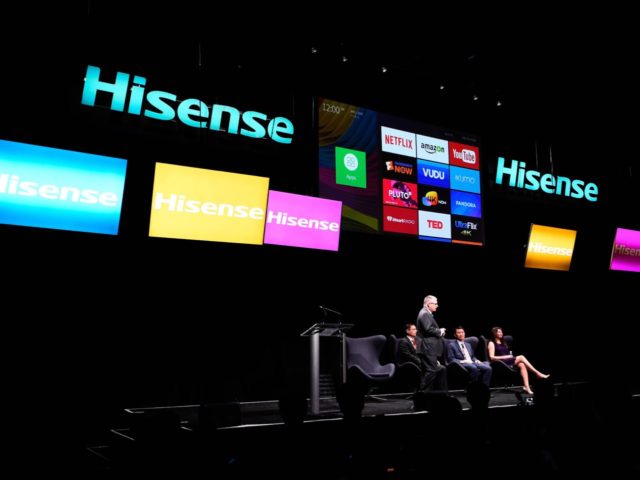Despite expectations that the “next big thing” would premiere at the pre-opening for the 50th Anniversary of the Consumer Electronics Show in Las Vegas, it seems the latest tech innovations are struggling to live up to all the hype.
With 3,800 exhibitors and 165,000 visitors expected from over 150 countries, CES 2017 looks like another serious financial success for the promoters. But inside the seven jam-packed massive halls at the Las Vegas Convention Center, there seems to be a distinct lack of energy compared to prior years.
The focus of this year’s show was expected to be how virtual reality wearables would break out into the mainstream. But if within the “VR space,” there has been a flurry of tech and retailing headlines describing disappointing” Christmas VR headset sales.
SuperData slashed its Sony PlayStation VR sales projections in early December by over 70 percent, from 2.6 million units down to 745,000 units. SalesData called the flop the “biggest loser” for this holiday season. But in a sign that the tech industry never gives up on failure, SuperData maintained its projection that the VR software could still grow from a drastically revised lower revenue of $407 million in 2016, to the same $14 billion projection by 2020.
CES has dozens of VR equipment presenters and hundreds of software providers. Equipment prices range from $59.95 for Samsung VR to R-6 industrial-grade augmented reality glasses for the Android platform, priced at $4,946.
Microsoft’s Hololens features a new and potentially much more expensive genre of headsets that can make “holograms” seem to appear in the real world. Although there are some really cool demonstrations of augmented reality, VR is just not that much more interesting when playing a combat video game with a goal of mass slaughter.
CES 2017 has plenty of Internet of Things (IOT) connected devices that can involve everything from refrigerators interfacing with drones, while being managed from smartwatches. But Microsoft’s Bill Gates showed off a “home of the future” with connected kitchens, bedrooms and cars all outfitted with ever-larger Windows displays. For his encore, Gates changed the wall-sized screen of his mocked-up bedroom into a giant aquarium.
This year, Microsoft, Amazon and Google are trying to puff up the potential of their new virtual assistant that they claim will add “artificial intelligence” to everything from cars to toothbrushes. Unfortunately, this was basically the same CES pitch that Amazon previewed two years ago with voice-controlled “Echo” speakers.
Ben Bajarin, an analyst at Creative Strategies told the Financial Times, “We’re really not going to see a category that is a true ‘hockey stick’, and a long sustainable one, like the ones we’ve seen with phones and PCs.” He added, “We are just not seeing huge swings of growth anywhere.”
It was a decade ago this week that Steve Jobs skipped the world’s top gadget show to introduce Apple’s original iPhone at San Francisco’s Moscone Center, 400 miles away from CES. Jobs said, “It’s got everything we need,” including “multitasking, networking, power management, graphics, security, video, graphics, audio core animation.”
Jobs gave a fascinating road map for how iPhone innovation would radically improve the lives of users and provide a spectacular boast for business productivity. Jobs promised that Apple would never present toys at CES. Apple is still not to be found at CES 2017.

COMMENTS
Please let us know if you're having issues with commenting.